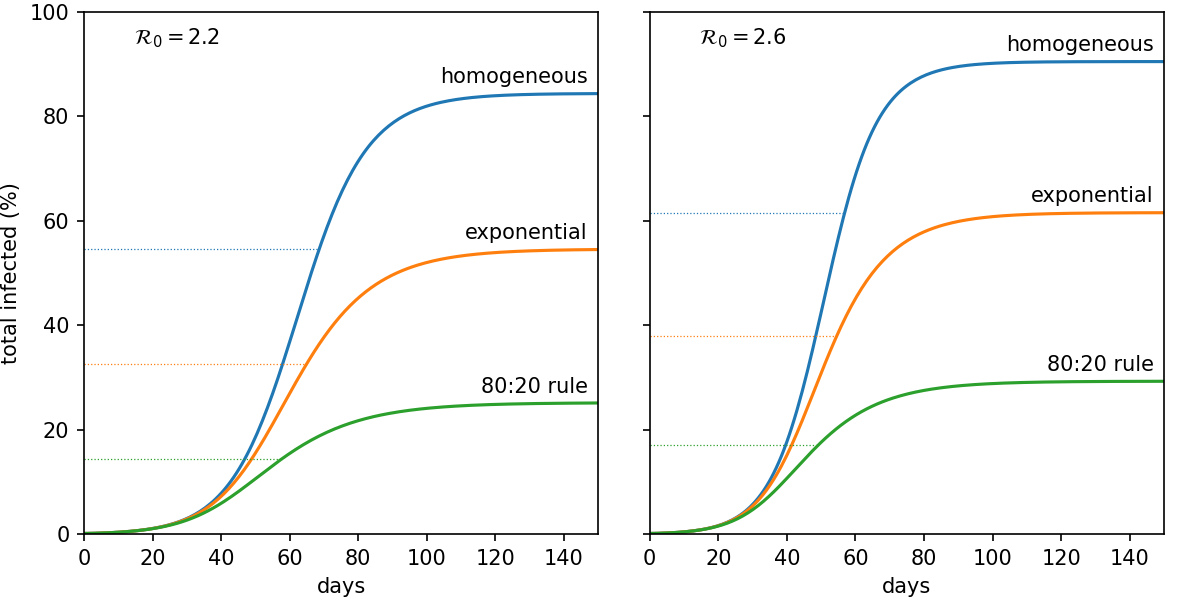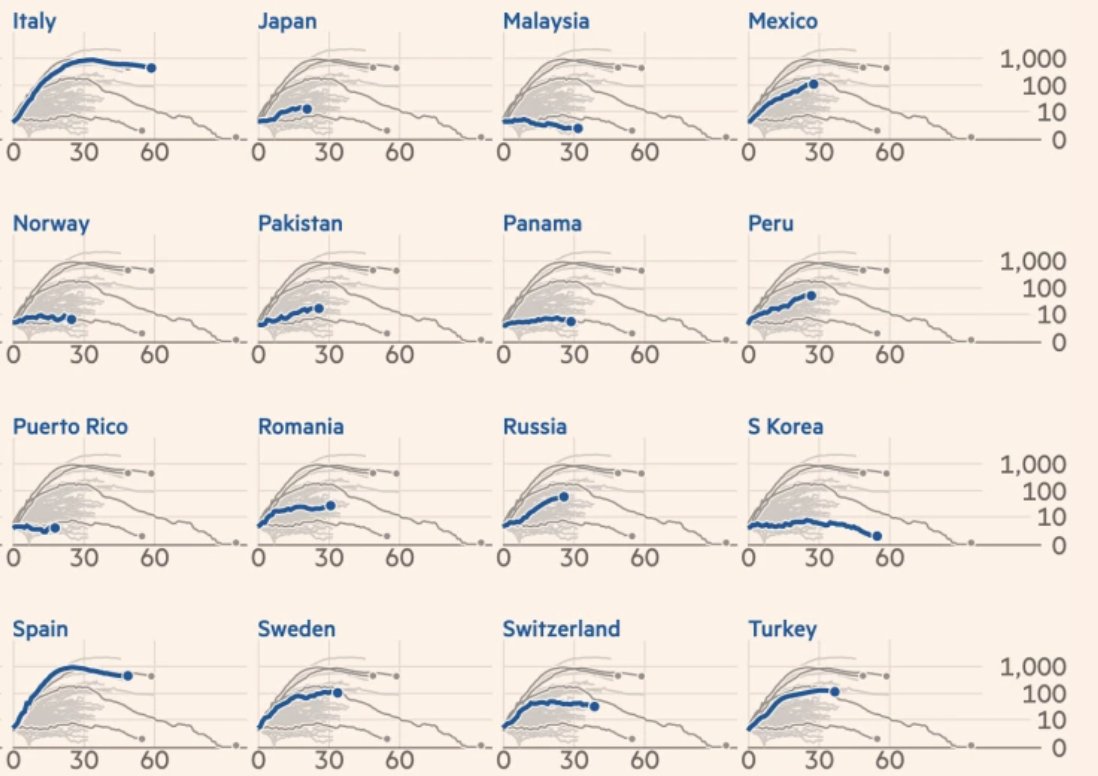
I welcome a more nuanced assessment, but @GaDPH Jan. suspension of an Elbert County provider for vaccinating teachers sent a clear message: local authorities must follow the will of @GovKemp, even as top-down control slows local decision making.
Short 🧵
dph.georgia.gov/press-releases…
Short 🧵
dph.georgia.gov/press-releases…
But, what is the incentive to move faster to help a local community from an informed, public health perspective when @GADPH will penalize/suspend a center:
dph.georgia.gov/document/docum…
dph.georgia.gov/document/docum…
Top-line warning via @GaDPH
"At the discretion of the Commissioner, DPH may assess penalties and/or require corrective action for the
following:
• Administering COVID-19 vaccine to recipients outside of the current phase, as those phases are
identified on DPH’s website."
!!!
"At the discretion of the Commissioner, DPH may assess penalties and/or require corrective action for the
following:
• Administering COVID-19 vaccine to recipients outside of the current phase, as those phases are
identified on DPH’s website."
!!!
So, providers are on notice that moving out of phase is not allowed and will be penalized.
Raising questions of the extent to which absence of bottom-up discretion is one of the underlying drivers of state's lowest-ranked vaccination delivery program.
/end 🧵
Raising questions of the extent to which absence of bottom-up discretion is one of the underlying drivers of state's lowest-ranked vaccination delivery program.
/end 🧵
• • •
Missing some Tweet in this thread? You can try to
force a refresh







